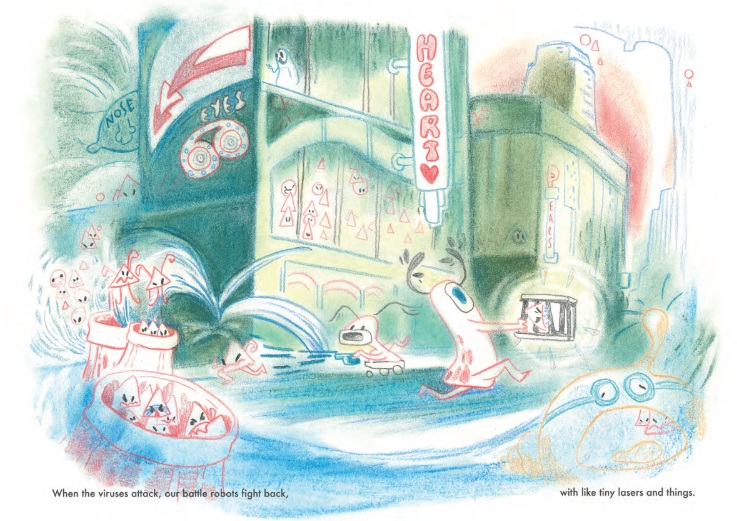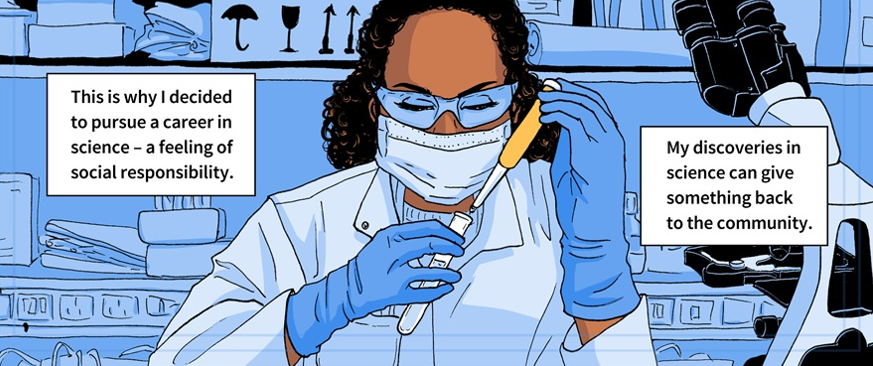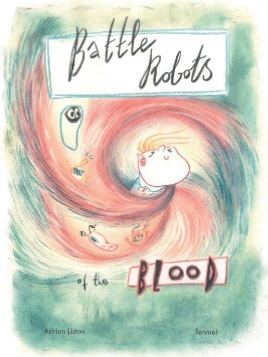Wednesday
Apr242024
Harnessing our lived experience for science communication
 Wednesday, April 24, 2024 at 7:33PM
Wednesday, April 24, 2024 at 7:33PM Thanks to Nature Reviews Immunology for the chance to write about incorporating our lived experiences into effective science communication! A few tips on making your science communication effective and accessible to everyone:
 First, find your passion! Reach out to the communities that you have connections to, and use a medium that you enjoy. You don't need to be an extravert to do public engagement! If you prefer to interact online, do so - there are audiences that want it. Content creation without any face-to-face interaction such as VirusFighter sci-comms too!
First, find your passion! Reach out to the communities that you have connections to, and use a medium that you enjoy. You don't need to be an extravert to do public engagement! If you prefer to interact online, do so - there are audiences that want it. Content creation without any face-to-face interaction such as VirusFighter sci-comms too!Second, harness your lived experience! Being slotted into a generic event that doesn't resonate with your life is a major turn-off. Using your identity in your comms builds the authenticity that audiences respond to, e.g. my efforts writing kids books, like Maya's Marvellous Medicine, are rooted in my life experience as a daddy.
 Third, find collaborators with complementary skills. If you have a vision for an innovative outreach project, the talent is around you to make it happen! Those kids books needed artistic talent, via Sonia Agüera Gonzalez, our computer game needed coding expertise, via Simon Andrews, and our next project started after a chat in the pub revealed the talents of Yulia Lapko!
Third, find collaborators with complementary skills. If you have a vision for an innovative outreach project, the talent is around you to make it happen! Those kids books needed artistic talent, via Sonia Agüera Gonzalez, our computer game needed coding expertise, via Simon Andrews, and our next project started after a chat in the pub revealed the talents of Yulia Lapko!Finally, look to extend your reach! Taking a pro-active approach to inclusivity dramatically extends your impact. Look to reach the communities that are usually overlooked, such as Erica Tandori and her drive to make sciart accessible to the blind and low vision community through Sensory Science!
tagged  Liston lab,
Liston lab,  science communication
science communication
 Liston lab,
Liston lab,  science communication
science communication 





Reader Comments